Introduction
Medical imaging technique have transformed the way healthcare experts diagnose and treat medical conditions. Over the years, advancements in imaging technology have significantly improved the speed, accuracy, and safety methods, allowing early diagnosis, effective treatment planning, and continuous monitoring of patient health. These techniques provide a non-invasive or slightly invasive method to viewing internal organs, soft tissues, bones without the need for surgical procedures. In this article, we explore the major types of medical imaging, their uses, benefits, limitations, and the latest inventions in the field.
What Is Medical Imaging?
Medical imaging helps in diagnosis, monitoring disease development, guiding treatments, and manipulative response to therapy. These technologies are used to examine organs, soft tissues, bones, and other structures without any surgery. Medical imaging is a set of techniques that allow doctors to visualize the interior of the human body.
The main goal of this technique is to gather information that helps doctors make well-informed decisions quickly and accurately. and moreover if you want to know about zoonotic disease transmission through the aquatic food chain then click on for better guidance.
Types of Medical Imaging Technologies
1.X-ray Imaging
X-rays are one of the most common imaging methods. X-ray have high energy electromagnetic radiation to create images of the inside of the body, especially bones.
- Uses: X-ray detects fractures, infections, lung diseases, and dental problems.
- Advantages: X-ray imaging is quick, cost-effective, widely available.
- Limitations: Exposure to a small amount of ionizing radiation.
2. Computed Tomography (CT) Scan
A CT scan is an imaging test that uses x-ray and computer processing to form different angles to produce cross-sectional images of the body.
- Uses: CT scan diagnoses cancer, blood clots, internal injuries, and infections.
- Advantages: CT scan creates high detailed images, good for visualizing complex structures.
- Limitations: Higher radiation dose compared to standard X-rays. Higher radiation dose compared to standard X-rays.
3. Magnetic Resonance Imaging (MRI)
MRI is a non- invasive medical imaging scan that produces detailed images of almost every internal structure in the human body. MRI does not use ionizing radiation.
- Uses: MRI is a powerful diagnostic tool that is used for visualizing soft tissues like the brain and spinal cord.
- Advantages: MRI creates detailed images of soft tissues and their non-ionizing nature.
- Limitations: MRI is more expensive than X-ray imaging or CT scanning, and not suitable for people with certain metal implants.
4. Ultrasound Imaging
Ultrasound imaging is also known as ultra-sonography. It is a non-invasive medical imaging technique that uses high frequency sound waves to create a real-time image inside the body.
- Uses: Ultrasound monitor pregnancy, examining abdominal organs, guiding biopsies.
- Advantages: Ultrasound imaging shows movement of the body internal organs as well as blood flowing through the blood vessels.
- Limitations: Ultrasound is limited for imaging bones, lower image resolution or air-filled organs.
5.Nuclear Medicine Imaging (e.g., PET Scans)
In nuclear medicine, a small amount of radioactive material (tracer) is injected into the body, and a special camera detects the radiation to produce images.
- Uses: Heart disease, Cancer detection, Brain disorders.
- Advantages: Shows metabolism and functions, not just structures.
- Limitations: Nuclear medicine involves radiation exposures, expensive procedures.
Challenges and Considerations
There are challenges and considerations across imaging techniques MRI machines, is free from ionizing radiation, can be exclusive for patients with certain metal implants. Radiation exposure, from repeated CT scans, causes a health risk, through modern tools to minimize dosage. Furthermore, precise explanation requires trained radiologists, and growing demand for imaging has increased their workload.
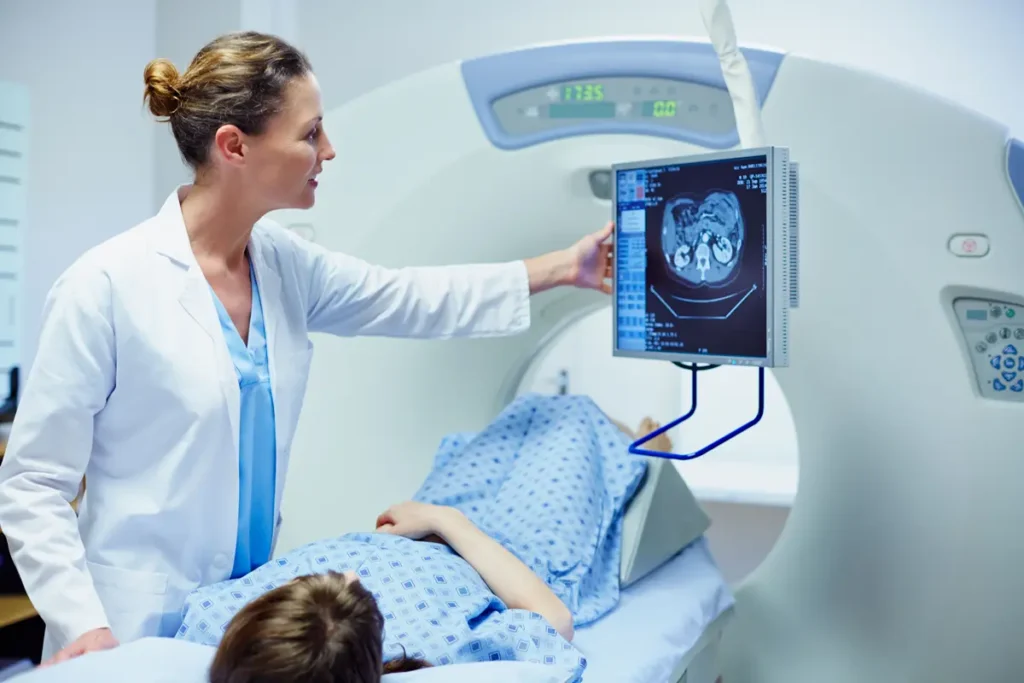
Inventions in Medical imaging techniques
Technological innovations are helping overcome some of these restrictions. Portable imaging devices carrying diagnostic capabilities to remote areas, such as PET-CT scanners. This combines structural and functional imaging for more comprehensive calculations.AI is integrated to imaging systems to assist with early detection, and reduce human error.
Conclusion
Medical imaging techniques are crucial tools in modern healthcare, allowing early detection, treatments, and monitoring recovery with negligible patient discomfort. The assimilation of AI, portable devices, multi imaging modality will continue to shape the future, and treatment planning more effective than ever before. As technology advances, imaging will become faster, precise and more accessible.
FAQs
1.Why ultrasound is considered the safest imaging technique?
Ultrasound is considered the safest because it does not use ionizing radiation. It is specially preferred for pregnancy and routine organ evolution. Ultrasound has soundwaves and no known harmful effects on the body.
2.Difference between MRI and CT scan?
MRI does not use ionizing radiation, and captures detailed images of soft tissues.
CT scans have a high radiation dose as compared to X-rays and are better for bone injuries and lung infections.
3. Is medical imaging detect cancer in early stages?
Yes, imaging like PET scans and MRI can detect tumors before symptoms appear. Early detection increases treatment success and recovers patient survival chances.
4.Are there risks with repeated imaging tests?
Non-radiation imaging like MRI and ultrasound can be repeated safely without any harm. Imaging with radiation based scans carry a slight risk.
5. What is the accuracy of medical imaging tests?
Most modern imaging systems have over 90% diagnostic accuracy. However, image clarity depends on technology and the skill of radiologists.

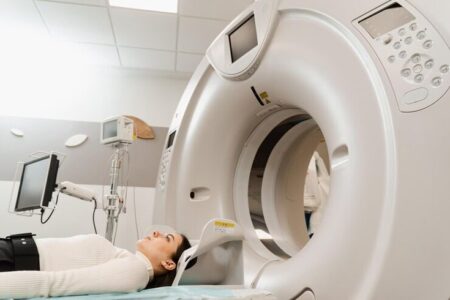
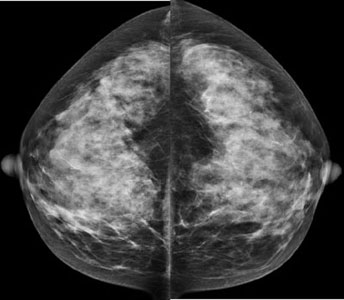
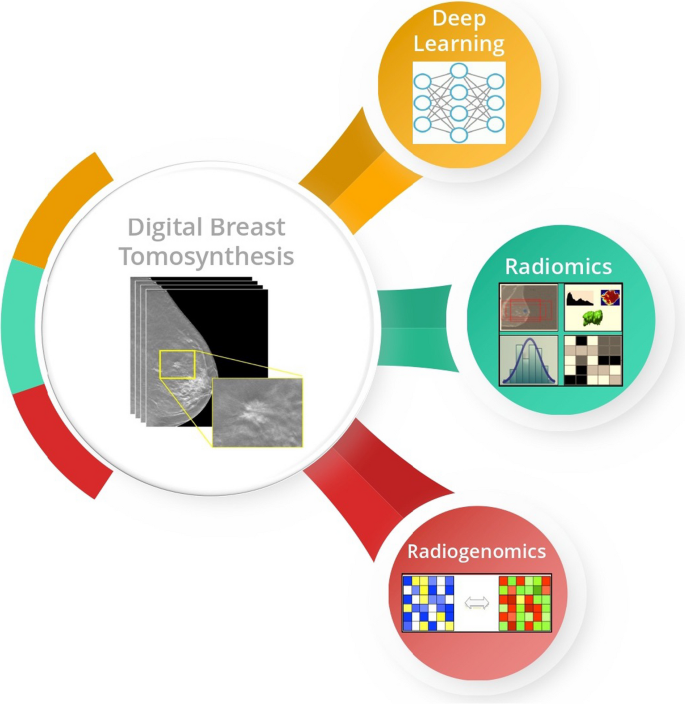
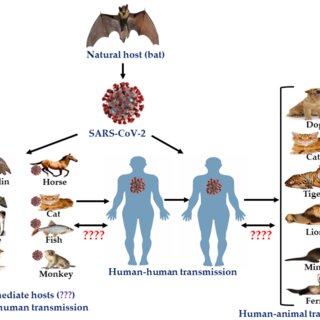
One thought on “Overview of Medical Imaging technique”